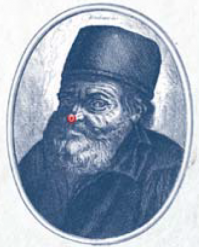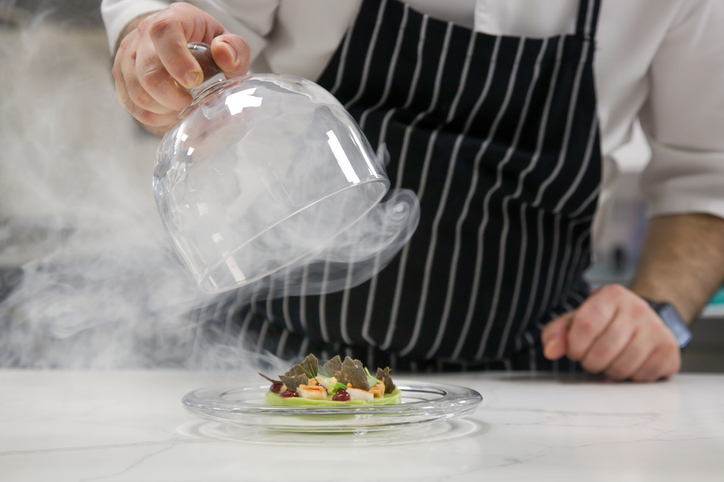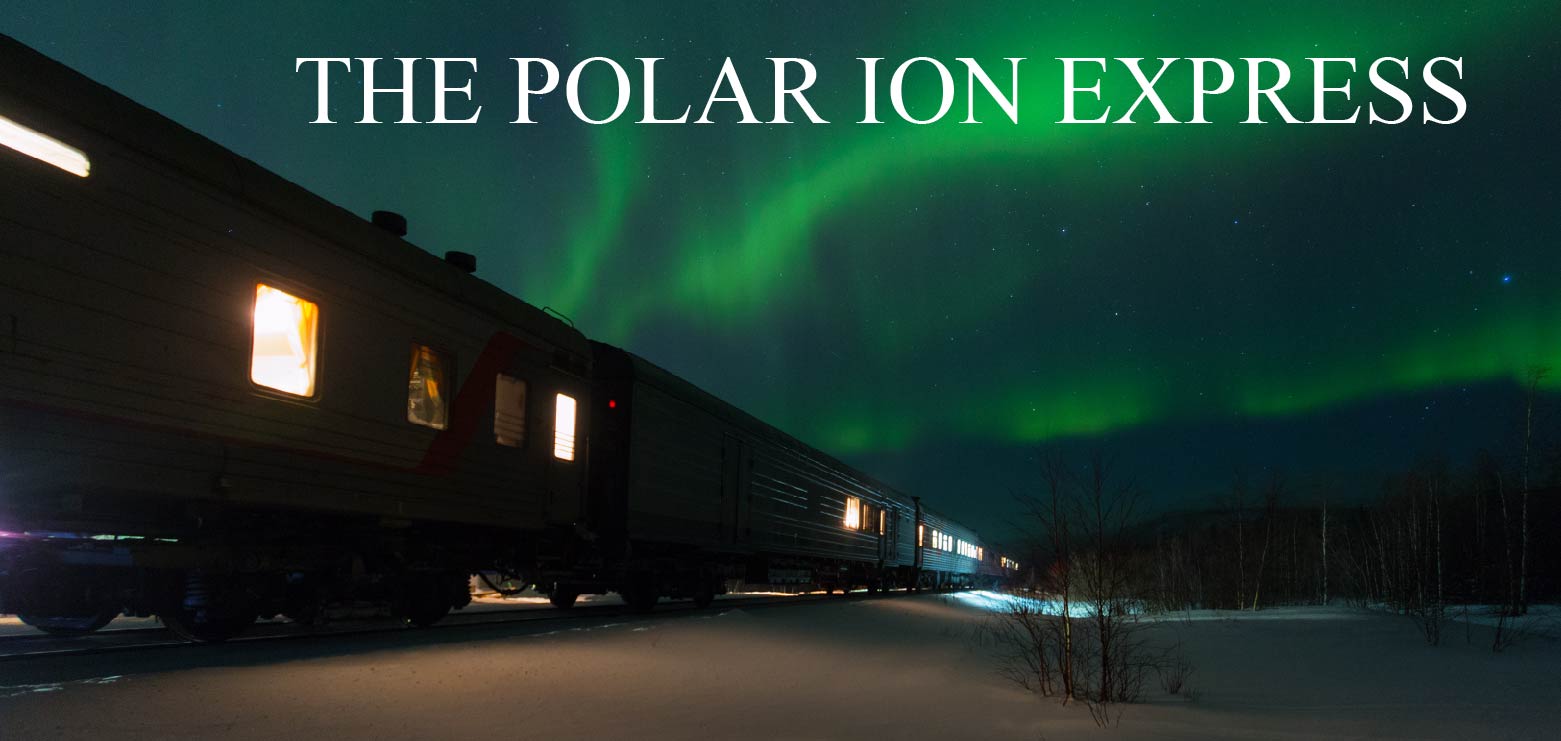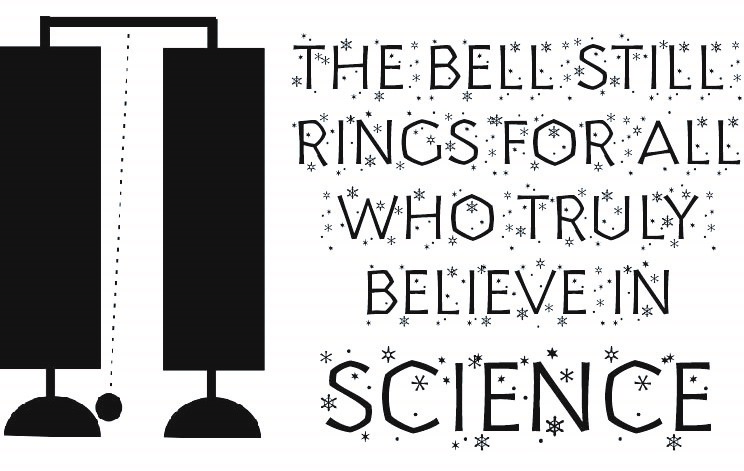On the night before the holidays, not so long ago, a Cambridge Polymer Group research scientist bustled about his lab bench. None of his projects were overdue, but he had decided to stay late to catch a glimpse of Nicholas Flamel. His coworker had begged him to go home and relax. “There is no such thing as Nicholas Flamel. He’s just an old alchemist myth hyped by Harry Potter,” the coworker had insisted.
But the Cambridge Polymer scientist knew his coworker was wrong; she was only recently hired and hadn’t seen the security footage from when Nicholas and his reindeer had visited the CPG lab in 2019. As he worked in silence, he listened for the ringing bells of Alchemist Nick’s sleigh.
Late that night, the CPG scientist did hear sounds, though not of bells. From outside came the ear-splitting sounds of wheel squeal. He flung open the back door and saw a train parked in the loading dock, surrounded by a cloud of vapor. An engineer (who was both the train driver AND a PhD in applied science) popped his head out of the engine’s window. Before the engineer could say, “All aboard the Polar Ion Express,” the research scientist leapt onto the train.
The car was filled with other scientists, all in their lab coats and PPE, singing songs including Tom Lehrer’s “The Elements” (updated to cover elements discovered after 1959) and They Might Be Giants’ “Science Is Real.” Silly putty bounced off the walls, and paper airplanes whizzed past ears. Robots wheeled around with trays of freeze-dried astronaut ice cream and rock candy.
His coworker ran up to him, “They picked me up at home!!! Is this for real???”
The two CPG staff explored the rest of the train. There was a car where passengers could safely play with the world’s most dangerous toys. Austin Magic Pistols, which shot ping pong AND fire balls, Clackers, unintentionally explosive polymer balls modeled after Argentinean bolas, and 1950s radioactive atomic energy lab kits could all be used without fear of injury to self or others thanks to full body Kevlar and shielding on the car’s exterior.
In the padded anti-gravity car, passengers floated about, chasing their choice of cold beverage, droplet by suspended droplet. Scientists who were more than thirsty stopped at the Molecular Gastronomy car, where they enjoyed culinary concoctions of carefully engineered flavor, reminiscent of Willy Wonka.
The Non-Newtonian Fluids car featured a jello trampoline, a Build-Your-Own-Oobleck-Stress-Ball table, and the chance to get swallowed in quicksand (only up to the neck and then pulled out). Anyone overheard using scientific terminology incorrectly would be slimed with a thick green ooze, dumped by a ceiling robot.
There was a car with sensory deprivation tanks; bathers reported a 99.9% rate of Eureka moments. The tanks were also helpful in rinsing off the colloids from the previous car.
The Polar Ion Express traveled past lonely studio apartments and jail cells, where former scientists and entrepreneurs who had faked their data howled at their loss of integrity and inability to board the train.
As the Express approached the lower polar region, passengers flocked to an observation car to watch the green and blue auroras that formed when electrons and ions collided with atoms of oxygen and nitrogen in the upper atmosphere.
Finally, the train reached its destination. “There,” said the engineer, “is Nicholas Flamel’s laboratory.”
Alchemist Nick’s laboratory was a huge complex standing alone at the top of the world. There were rumors of a telomere department in an underground bunker, but Flamel carefully guarded his anti-aging IP until he could be certain his discoveries would be used ethically. Instead of divulging secrets that could destroy the Earth’s already stressed carrying capacity, he used the fortune he had amassed through hundreds of years of compound interest to fund ground-breaking research and supply worthy scientists with the tools they need to improve quality of life.
Nicholas Flamel greeted the passengers, standing next to his reindeer and the bell-covered sleigh. He was surrounded by all the analytical instruments a material scientist could ever want, including QTOFs, TOFs, LCs, GCs, Mass Spectrometers, GPCs, Scanning Electron Microscopes, Digital Microscopes, Rheometers, Viscometers, DSCs, TGAs, Melt Flow Index Testers, DMAs, FTIRs, Tensile Testers, Swell Ratio Testers, and CaBERs.
Now that the CPG scientist was close enough to see the bells, he realized they were miniature copies of the Oxford Electric Bell. Otherwise known as the Clarendon Dry Pile, the original has been ringing for 182 years and has been called the “world’s most durable battery.” No one knows how or why it has functioned for so long. No one, that is, except for Nicholas Flamel.
The CPG scientist said, “That sound of those bells is the most beautiful I have ever heard.”
“Flamel slays,” his Gen Z coworker declared, shaking her head in awed agreement, though she was clearly more impressed by the analytical instruments surrounding the sleigh, rather than the musical instruments adorning it.
Nicholas strode over to the CPG research scientist, “Now what would you like?”
The CPG scientist looked at the dizzying array of state-of-the-art instrumentation. “Cambridge Polymer Group already has those instruments,” he thought to himself, “and it’s not like I have a Batcave at home.”
“I’d like one of your bells,” the CPG scientist said out loud.
Nicholas smiled and told a robot to remove a bell apparatus from the sleigh. He held it up, “The first gift!”
The crowd cheered as the CPG research scientist took the bell and put it carefully in his pocket.
On the train ride back, the research scientist suddenly noticed that the bell was gone. He sadly showed his coworker, wiggling his fingers through the hole in his lab coat pocket. She dragged him back to the Non-Newtonian Fluids car, where the joy of jumping in jello soon made him forget his loss.
The next morning, his coworker called and asked if Alchemist Nick had left the bell under the CPG research scientist’s Chemist-Tree.
“No, but it’s OK,” he said, a sudden realization dawning on him, “I’ve always wanted to win a No Bell Prize!”
Cambridge Polymer Group wishes you a holiday filled with real magic (a.k.a. science)!
CPG Holiday Hours
In observance of the holidays, Cambridge Polymer Group will be closed:
Friday, December 23
Monday, December 26
Friday, December 30
Monday, January 2
We will resume regular business hours on Tuesday, January 3.




